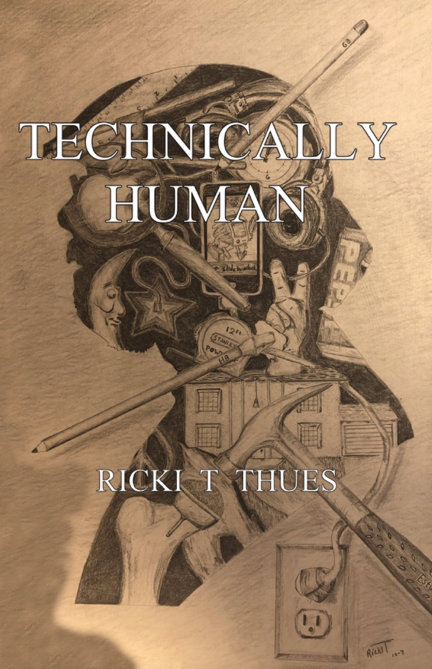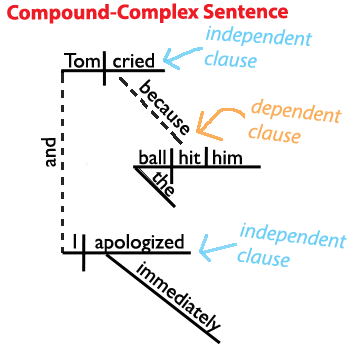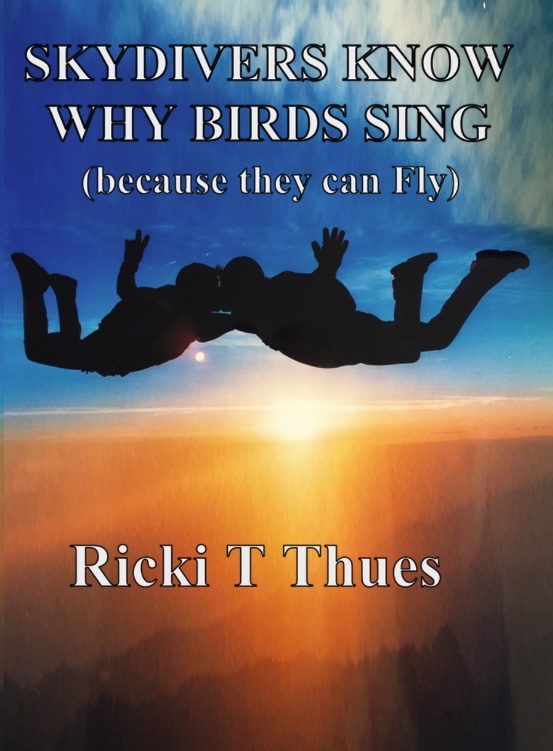
Episode #738
March 25, 2023
When we communicate we use language. Whether it is through gesture, speech or writing we convey an idea, one to the other.
Sometimes all that is necessary to communicate is a nod. Sometimes it is a wave of the hand. Our faces communicate subtleties of emotion. It is why androids look like robots. It is why Zoom is better than the telephone. We depend on gesture in obvious and tenuous ways. A blind person must depend on intonation, volume and guttural sounds to understand a conversation because they cannot see.
Speech requires vocalization and acute listening skills. The speaker must say what they mean. Careful planning and preparation is required before one speaks or there can be no understanding.
A comment should minimally include a verb. A command does not need a subject: “Stop!”
A pause in speech can sometimes change the meaning of a sentence.
Consider the following two comments:
- “Stop Billy.”
- “Stop, Billy.”
A subject can clarify the meaning:
“Billy stopped.”
A prepositional phase can bring a meaning home:
“Billy was stopped by Mary.”
A compound sentence can flesh out the situation:
“Billy was stopped by Mary and they fought, but no one was hurt.”
Here is a grammatical breakdown of the sentence “Billy was stopped by Mary and they fought, but no one was hurt”:
- “Billy” is a proper noun and is the subject of the sentence, performing the action of being stopped and then later fighting.
- “was” is a helping verb and is used to form the past tense of the verb “to be.” In this sentence, “was” is in the past tense and indicates that the actions of stopping and fighting occurred in the past.
- “stopped” is the main verb of the first clause of the sentence, indicating the action that was performed on Billy.
- “by” is a preposition that shows the relationship between “Mary” and the action of stopping. It indicates that Mary performed the action of stopping Billy.
- “Mary” is a proper noun and is the object of the preposition “by.” She is the person who performed the action of stopping Billy.
- “and” is a conjunction that connects the first and second clauses of the sentence.
- “they” is a pronoun that refers to both Billy and Mary and is the subject of the second clause of the sentence, performing the action of fighting.
- “fought” is the main verb of the second clause of the sentence, indicating the action that they performed.
- “but” is a conjunction that indicates a contrast between the two clauses of the sentence.
- “no one” is a pronoun that serves as the subject of the third clause of the sentence, which is a negation.
- “was” is a helping verb and is used to form the past tense of the verb “to be.” In this sentence, “was” is in the past tense and indicates that no one was hurt in the past.
- “hurt” is the main verb of the third clause of the sentence, indicating the action that did not occur.
Overall, the sentence “Billy was stopped by Mary and they fought, but no one was hurt” contains multiple clauses and follows a subject-verb-object sentence structure. The first clause has a prepositional phrase modifying the verb, while the second clause has a subject pronoun and a main verb. The third clause is a negation with a subject and a main verb. The coordinating conjunctions “and” and “but” are used to connect the clauses together.
Good listening skills aid in communication. If I interrupt the speaker, I cannot know what the speaker knows or is about to say. Time and effort are wasted. The listener should always be better at listening than interrupting.
“Billy was stopped…”
“Who stopped him?”
“by Mary and…”
“What happened?”
“They fought…”
“Are they OK?”
“No one was hurt.”
All these interrupting questions would have been answered had the original sentence been allowed to complete.
After the speaker speaks there are always questions the listener can ask:
“Why did they fight?”
“Why did Billy run?”
“What did Billy do?”
“Why did Mary stop Billy?”
There is always time for continuing a conversation.
When writing, the author has the luxury of no interruptions. He can create the most complex sentence desired and use as many words as he wants to communicate his ideas. Being interrupted is not likely, but too long and complicated a sentence bears the danger of losing his reader. If an author drones on the reader will get bored.
Getting to the point is not the only challenge for an author. Cadence and rhythm are important to keep the reader engaged:
AKA:
“Get to a rhythmic point!”
Editing might start with spelling and grammar, but the real work of communication is crafting a concise and meaningful sentence.
Even before you speak you should parse through your thoughts, editing yourself.
PLEASE BUY MY BOOKS:
“Skydivers Know Why Birds Sing” by Ricki T Thues is now available on Amazon.
It is a Love story of Rick and Paula Thues and their 35 years of Skydiving.
Click HERE to buy the paperback or Kindle ebook at Amazon.
Follow Ricki T Thues on Amazon HERE.
ALSO AVAILABLE:
“Technically Human” by Ricki T Thues, the iMentor, is available on Amazon.
It is a compilation of selected episodes from this bLog which tell the story of Humanity through the eyes of the iMentor.
Click HERE to buy the paperback or Kindle ebook at Amazon.
The ebook version of “Technically Human” is also available on Kobo. Click HERE.
For you Barnes and Noble Nook readers it is available for Nook. Click HERE.
The “Technically Human” ebook is also available on Apple Books . Click HERE.







Love that Weird Al video. It should be the start of most English classes.
As you say communication IS very complicated. When public speaking I learned “Tell them what you’re going to tell them. Tell them. Then tell them what you told them”
It works!
Tell, say, tell was taught at Toastmasters. Well said Vic.